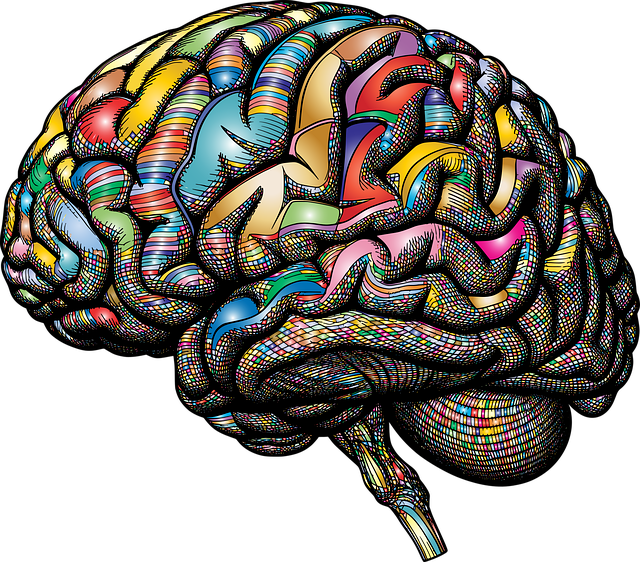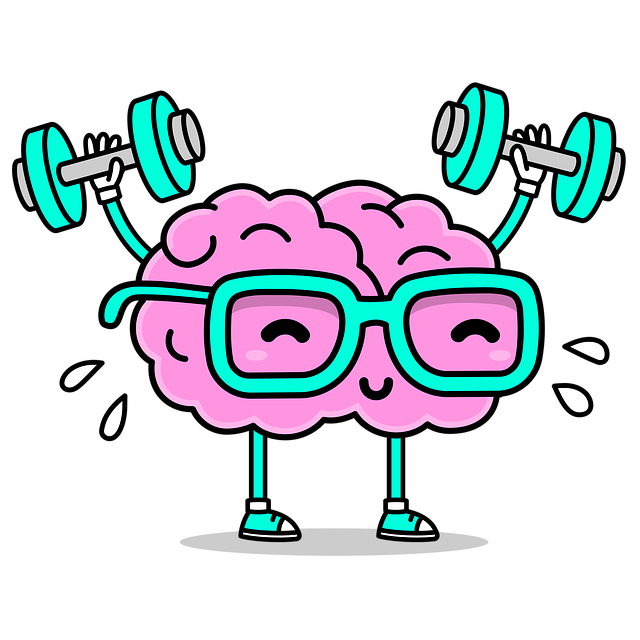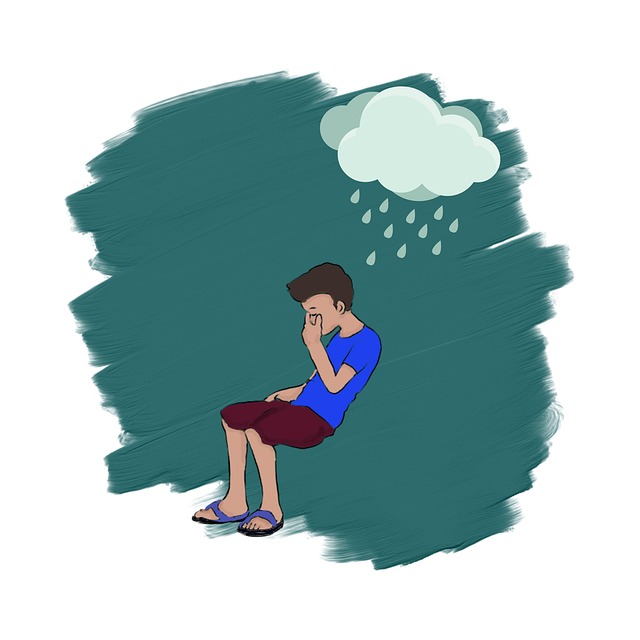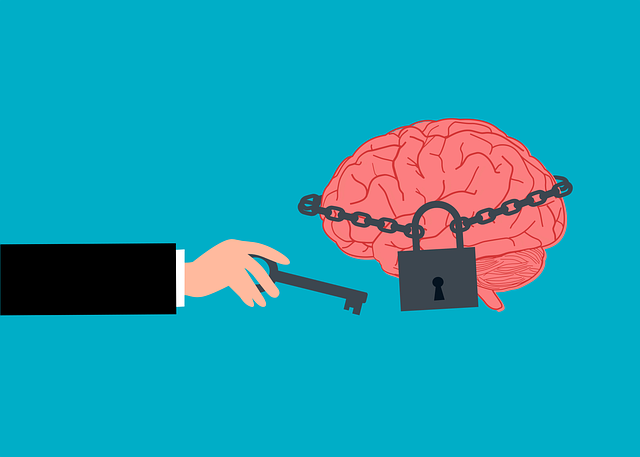Risk assessment and harm minimization are key in treating adolescent depression. Therapists evaluate risk factors like suicidal ideation, self-harm, and substance abuse, then design personalized interventions. This includes cognitive-behavioral therapy, self-esteem building, and conflict resolution workshops. A comprehensive approach that also integrates burnout prevention ensures the well-being of both teens and healthcare providers, aiming for positive outcomes and emotional resilience in managing depression among teens.
Risk assessment and harm minimization planning are crucial components of safe and effective therapy for adolescent teens depression. This article delves into three key aspects: understanding risk assessment in adolescent depression therapy, identifying targeted harm minimization strategies, and implementing a comprehensive plan for optimal treatment outcomes. By exploring these elements, mental health professionals can navigate the complexities of teen mental health with confidence, fostering a supportive environment that promotes healing and resilience.
- Understanding Risk Assessment in Adolescent Depression Therapy
- Identifying Harm Minimization Strategies for Teen Mental Health
- Implementing a Comprehensive Plan for Safe and Effective Treatment
Understanding Risk Assessment in Adolescent Depression Therapy

Risk assessment is a crucial step in therapy for adolescent teens with depression. It involves identifying potential hazards and negative outcomes associated with their mental health condition. By thoroughly evaluating risk factors, therapists can design tailored interventions to prevent harm and promote recovery. This process considers various aspects, such as suicidal ideation, self-harm, substance abuse, and social isolation, which are common in adolescent depression.
In the context of therapy for adolescent teens depression, Mental Health Education Programs Design can play a significant role in risk minimization. Enhancing Mental Health Awareness among both adolescents and their support networks enables early recognition of warning signs and prompt intervention. Additionally, integrating Burnout Prevention strategies into therapeutic plans is vital to ensure the well-being of both patients and healthcare providers, fostering a sustainable and effective treatment environment.
Identifying Harm Minimization Strategies for Teen Mental Health

Identifying effective harm minimization strategies is paramount when addressing teen mental health, particularly in relation to depression. For adolescent teens battling this condition, a multi-faceted approach can prove beneficial. One such strategy involves integrating therapy sessions tailored for this demographic, focusing on cognitive-behavioral techniques that teach them to identify and challenge negative thought patterns and behaviors. Such therapeutic interventions have been shown to significantly improve symptoms of depression and enhance overall mental resilience.
Additionally, fostering self-esteem improvement through targeted activities and public awareness campaigns development can play a crucial role in harm minimization. Encouraging teens to participate in conflict resolution techniques and stress management workshops empowers them with valuable coping mechanisms. By addressing underlying issues and providing support systems, these strategies collectively contribute to the overall well-being of adolescent teens, helping them navigate their mental health challenges more effectively.
Implementing a Comprehensive Plan for Safe and Effective Treatment

Implementing a comprehensive risk assessment and harm minimization plan is paramount when providing therapy for adolescent teens dealing with depression. This involves meticulously evaluating various factors, from personal history to current circumstances, to anticipate potential risks during treatment. By integrating conflict resolution techniques, fostering self-awareness exercises, and applying mind over matter principles, therapists can create a safe environment that empowers teens to manage their symptoms effectively.
A structured plan ensures that interventions are tailored to each individual’s unique needs, enhancing the likelihood of positive outcomes. Regular monitoring and adjustments ensure the strategy remains dynamic, addressing evolving challenges. This holistic approach not only mitigates risks but also equips adolescents with valuable tools for emotional resilience, empowering them to navigate life’s challenges with greater confidence and self-reliance.
Risk assessment and harm minimization planning are indispensable components of providing safe and effective therapy for adolescent teens depression. By understanding risk factors, identifying appropriate strategies, and implementing comprehensive plans, mental health professionals can ensure a nurturing environment that supports young individuals’ recovery. These practices not only mitigate potential harms but also foster resilience and promote positive outcomes in the treatment of adolescent depression.









